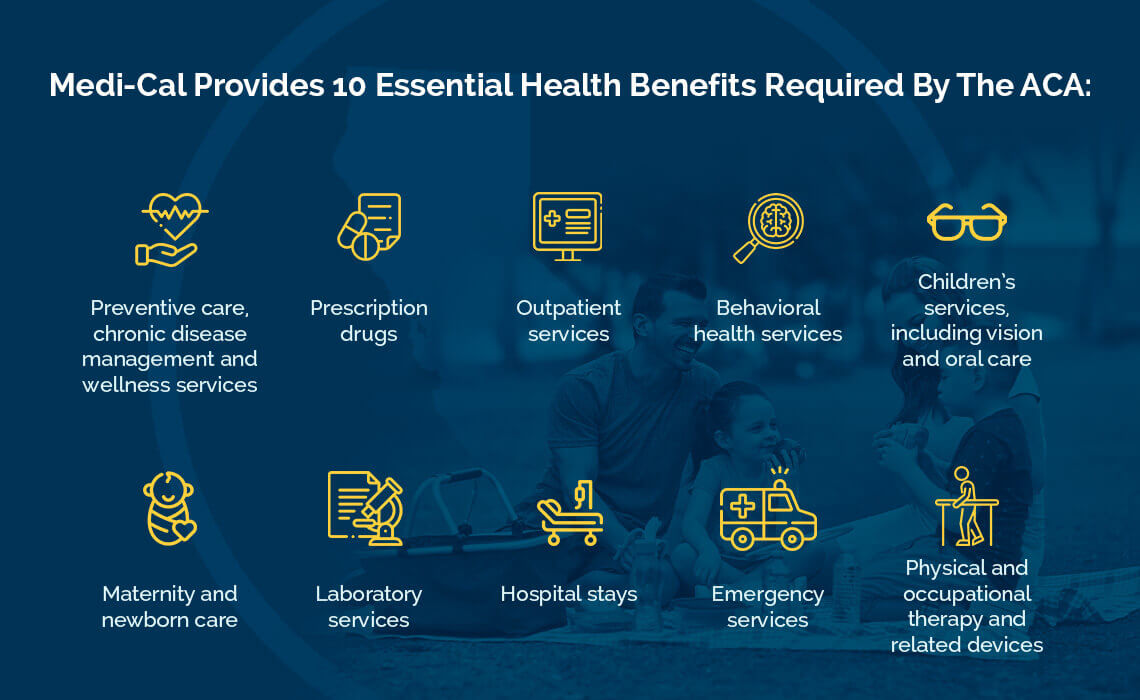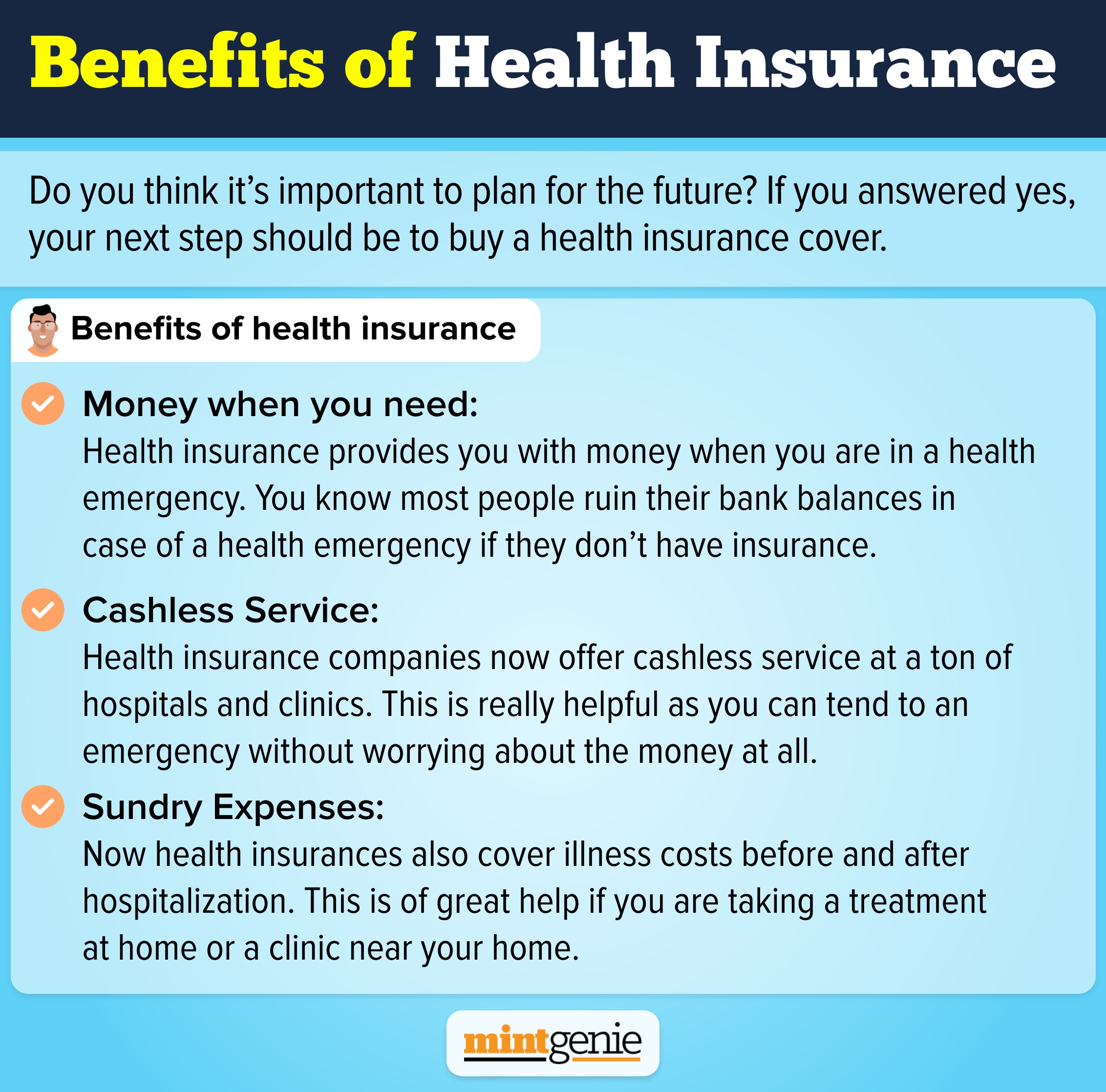Some Known Facts About Medicare Advantage Agent.
Some Known Facts About Medicare Advantage Agent.
Blog Article
The Ultimate Guide To Medicare Advantage Agent
Table of ContentsThe 10-Second Trick For Medicare Advantage AgentTop Guidelines Of Medicare Advantage AgentMedicare Advantage Agent Things To Know Before You Get This

follows from confusing the puzzling young age profile of the uninsured with without insurance better health, on average, standard younger personsMore youthful For those without access to work environment health insurance coverage, inadequate wellness is a prospective barrier to buying nongroup protection since such coverage might be extremely priced, exclude pre-existing conditions, or be just unavailable. Unless otherwise noted, nationwide quotes of individuals without health insurance policy and proportions of the populace with different kinds of protection are based on the CPS, the most commonly made use of resource of price quotes of insurance coverage and uninsurance prices.

The Main Principles Of Medicare Advantage Agent
Over a three-year period beginning early in 1993, 72 million people, 29 percent of the U.S. populace, were without insurance coverage for a minimum of one month. Within a solitary year(1994), 53 million people experienced at the very least a month without coverage(Bennefield, 1998a). 6 out of every ten without insurance adults are themselves used. Although functioning does improve the possibility that a person and one's family members will have insurance, it is not a guarantee. Even members of family members with two full time wage income earners have nearly a one-in-ten opportunity of being without insurance (9.1 percent without insurance rate)(Hoffman and Pohl, 2000 ). The connection in between wellness insurance and accessibility to care is well established, as documented later on in this phase. The relationship between wellness insurance and wellness results is neither straight neither simple, an extensive medical and health and wellness services study literary works web links health and wellness insurance protection
to improved better to care, better qualityHigh quality and improved boosted individual population populace health and wellnessCondition The 2nd record, on personal health results for uninsured adults, is stood for by the innermost circle of the figure, while the 3rd report, on family well-being, includes the subjects of the 2nd report yet stresses a different system of evaluation, specifically, the family. The 6th report in the collection will provide details concerning strategies and efforts undertaken in your area, statewide, or country wide to resolve the absence of insurance policy and its adverse influences. Levels of evaluation for taking a look at the effects of uninsurance. This discussion of medical insurance coverage concentrates largely on the U.S. populace under age 65 because virtually all Americans 65 and older have Medicare or other public insurance coverage.
Moreover, it focuses specifically on those without any medical insurance for any type of length of time. The troubles encountered by the underinsured are in some areas comparable to those dealt with by the uninsured, although they are normally much less severe. Uninsurance and underinsurance, nevertheless, include distinctly different policy concerns, and the methods for resolving them may differ. Throughout this study and the 5 records to follow, the main focus gets on persons without any health insurance and thus no assistance in spending for wellness care past what is offered via charity and safety web organizations. Health and wellness insurance is an effective variable impacting receipt of treatment since both individuals and medical professionals react to the out-of-pocket price of services. Wellness insurance coverage, however, is neither needed nor enough to access to clinical solutions. The independent and direct result of health and wellness
insurance insurance policy on access to health services is well establishedDeveloped Others will acquire the healthcare they require even without medical insurance, by spending for it expense or seeking it from providers who offer treatment totally free or at very subsidized rates. For still others, health and wellness insurance coverage alone does not make certain invoice of treatment as YOURURL.com a result of various other nonfinancial barriers, such as a lack of wellness treatment suppliers in their community, limited accessibility to transport, illiteracy, or linguistic and cultural distinctions. Official research about without insurance populaces in the USA dates to the late 1920s and very early 1930s when the Committee on the Cost of Medical Treatment created a collection of records about financing physician workplace gos to and hospitalizations. This problem ended up being prominent as the numbers of medically indigent climbed up throughout the Great Depression. Empirical studies consistently support the web link in between accessibility to care and improved health and wellness outcomes(Bindman et al., 1995; Starfield, 1995 ). Having a normal resource of care can be thought about a forecaster of access, as opposed to a direct procedure of it, when wellness results are themselves made use of as accessibility indications. This extension of the concept of access measurement was made by the IOM Board on Keeping An Eye On Access to Personal Healthcare Services(Millman, 1993, p. Whether or not moms and dads are insured appears to impact whether or not their kids obtain treatment along with just how much careeven if the kids themselves have protection(Hanson, 1998). The health and wellness of moms and dads can influence their capacity to look after their youngsters and the degree of family members tension. Bothering with their children's access to care is itself a source of tension for moms and dads. 3 visit the website phases adhere to in this record. Chapter 2 provides a review of how employment-based medical insurance, public programs and individual insurance coverage run and interact to give substantial yet incomplete coverage of the U.S. population. This includes an evaluation of historical trends and public policies impacting both public and private insurance policy, a conversation of the communications among the different sorts of insurance policy, and an assessment of why individuals relocate from one program to one more or finish up

Report this page